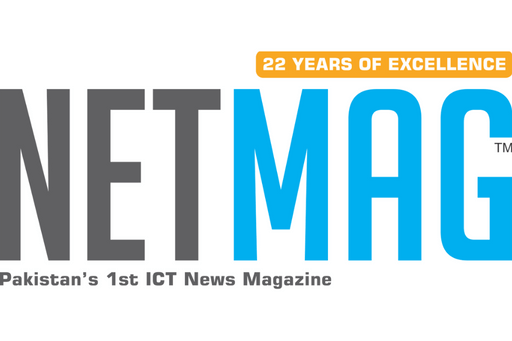In a remarkable financial milestone, Pakistan recorded its highest-ever monthly remittances inflow of $4.1 billion in March 2025, a figure that not only highlights the strength of overseas contributions but also marks a significant leap for the nation’s economy.
Speaking at a Pakistan Stock Exchange (PSX) event, State Bank of Pakistan (SBP) Governor Jameel Ahmad confirmed the record-breaking inflow, stating that the rise in remittances had delivered crucial support to foreign exchange reserves and provided a vital liquidity boost for importers struggling with external payment pressures.
This is the first time in Pakistan’s history that remittances have crossed the $4 billion mark within a single month. Compared to March 2024, which saw inflows of $2.95 billion, the year-on-year increase sits at a remarkable 37%. On a month-to-month basis, the March figure also outpaced February’s $3.12 billion inflow by nearly 30%.
During the first nine months of the fiscal year — July 2024 to March 2025 — the total inflows from overseas Pakistanis surged to $28 billion. This reflects a 33.2% jump compared to the $21.04 billion recorded over the same period the previous year, underscoring the resilience and importance of remittances in Pakistan’s external financing landscape.
The State Bank also offered some forward-looking optimism, projecting that the country’s foreign exchange reserves could surpass the $14 billion mark by June 2025. While foreign debt obligations for the fiscal year total $26 billion, Ahmad mentioned that the government expects to refinance or roll over around $16 billion, effectively reducing the net repayment burden to roughly $10 billion.
Ahmad also addressed the broader economic outlook, revealing that early signs of recovery were visible, though the full-year GDP growth projection for FY25 has been revised downward to around 3%, from an earlier estimate of over 4.2%. He cited a weaker-than-anticipated agricultural season as the primary reason for the revision.
The surge in remittance inflows is being attributed to a mix of factors: improved exchange rate stability, enhanced trust in formal banking channels, and the seasonal uptick linked to Ramadan-related financial gifts. These elements combined have helped shift more transactions into the legal financial ecosystem, limiting the use of informal routes like hawala and hundi.
Also Read:
Is the Government Planning Major Cuts in Fuel Prices?
Gulf countries, particularly Saudi Arabia and the UAE, remained the leading contributors to the record-breaking inflows, followed closely by Pakistani expatriates in the United Kingdom and the United States. Remittances from other Gulf states and parts of Europe also showed steady, though smaller, contributions.
The SBP emphasized the pivotal role these inflows play in maintaining foreign exchange reserves, easing trade and current account deficits, and stabilizing the rupee. For many Pakistani households, remittances remain a financial lifeline — covering basic needs, education costs, healthcare expenses, and home construction or improvement.
Additionally, the State Bank highlighted improvements in digital and formal financial channels, crediting targeted awareness campaigns and a strict crackdown on illegal money transfer networks for steering more funds into official banking systems.
While the record-breaking inflow provides short-term breathing room, Pakistan’s economic managers remain aware of the broader challenges. Rising inflation and external financing gaps continue to exert pressure on the economy, but remittances remain a key pillar of stability as the country navigates global economic headwinds.




